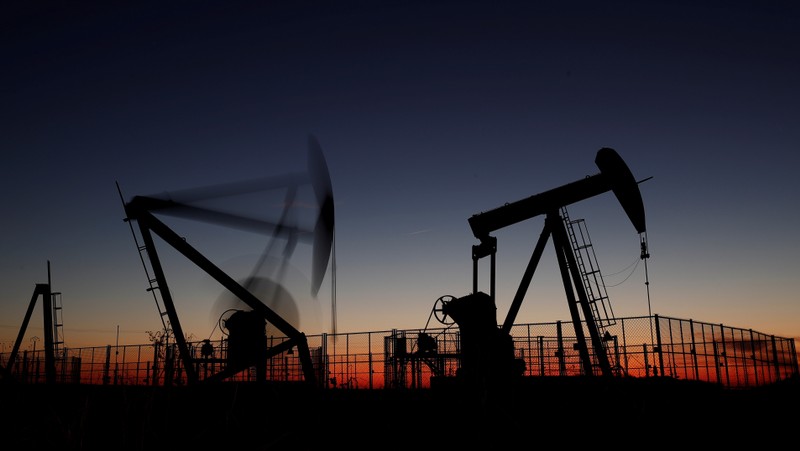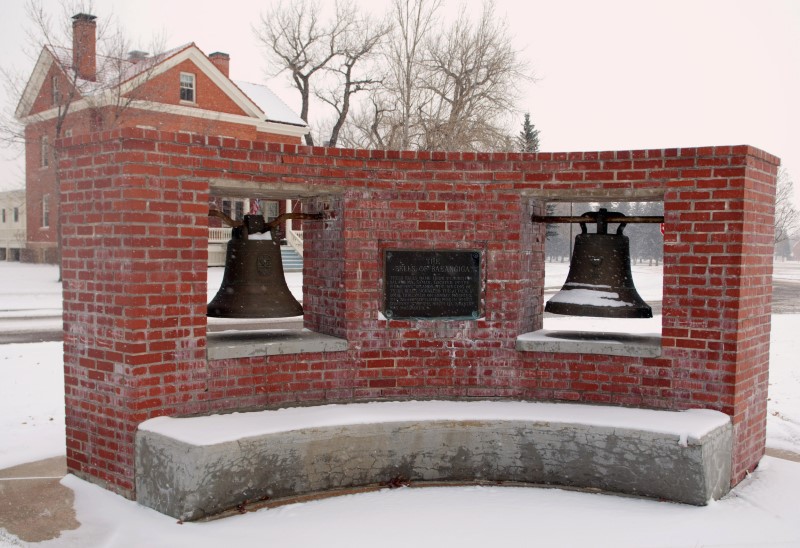
Oil pumps are seen after sunset outside Vaudoy-en-Brie, near Paris, France November 14, 2018. REUTERS/Christian Hartmann
November 15, 2018
By Henning Gloystein
SINGAPORE (Reuters) – Oil prices fell on Thursday, pressured by rising supply going into a market in which consumption is expected to slow down amid a glum economic outlook.
Front-month Brent crude oil futures were trading at $65.90 per barrel at 0254 GMT, down 22 cents, or 0.3 percent, from their last close.
U.S. West Texas Intermediate (WTI) crude futures were at $55.95, down 30 cents, or 0.5 percent.
Since early October, oil prices have lost around a quarter of their value as supply soars just as demand is expected to slow down along with an economic downturn.
“Asian refiners and consumers we speak with are mentioning initial concerns of slowing demand,” said Mike Corley, president of Mercatus Energy Advisors.
U.S. bank Morgan Stanley said in a note on Wednesday that China’s economic “conditions deteriorated materially” in the third quarter of 2018.
Meanwhile, data released this week showed economic contraction in industrial powerhouses Japan and Germany in the third quarter.
At the same time, supply has been surging, especially due to a 22 percent rise in output in U.S. crude oil production this year to a record 11.6 million barrels per day (bpd).
“Producers…have more barrels than they can sell at the moment,” said Mercatus Energy Advisors’ Corley.
As a result, oil inventories are rising. The American Petroleum Institute said late on Wednesday that crude inventories rose by 8.8 million barrels in the week to Nov. 9 to 440.7 million, compared with analyst expectations for an increase of 3.2 million barrels.
Fearing a renewed glut like in 2014, when prices crashed under the weight of oversupply, the Organization of the Petroleum Exporting Countries (OPEC) is discussing supply cuts.
To do so successfully, OPEC – under the de-facto leadership of Saudi Arabia – will need Russia on its side, which is not an OPEC member.
A joint effort between OPEC and Russia to withhold supply from 2017 was a major contributor to crude price rises last year and in the first half of 2018.
“Russia and OPEC and Saudi Arabia – they are observing the market. If they see that there is dis-balance between supply and demand, (they) will of course take a joint action to reduce supply,” said Kirill Dmitriev, head of Russian Direct Investment Fund, the country’s sovereign wealth investment body.
(Reporting by Henning Gloystein in SINGAPORE and Aaron Sheldrick in TOKYO; additional reporting by Anshuman Daga; Editing by Joseph Radford)

